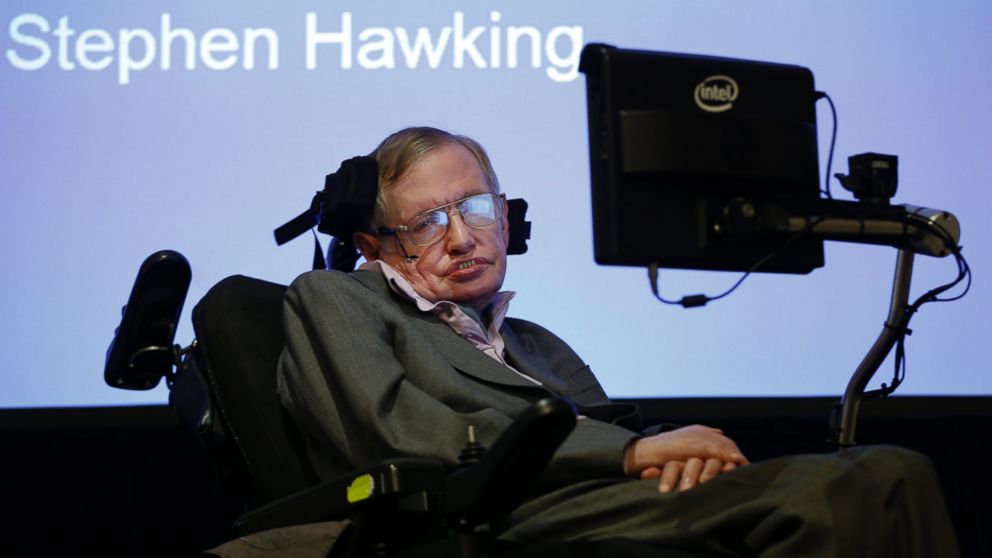Stephen Hawking Gets an Upgrade: How the Physicist's New Speech Software Works
How Intel upgraded the physicist's decades-old communications system.

— -- Stephen Hawking's computer speech system got a modern upgrade from engineers at Intel who added predictive text to the decades-old program the scientist uses to communicate with the world.
Hawking, 72, who has a motor neuron disease and is almost entirely paralyzed, relies on the technology to speak. He joined Intel in London today to show off the new speech system, which the computer chip maker developed after spending three years collaborating with Hawking.
The result is a system that allows Hawking to type faster, browse the Internet much easier and seamlessly switch between tasks.
Intel said it was able to increase the efficiency of Hawking's system by integrating predictive text technology from SwiftKey. The software knows Hawking's communication patterns, meaning he has to type less than 20 percent of all characters to convey what he wants to say.
Hawking's existing cheek sensor syncs with a switch on his glasses, allowing him to choose characters he wishes to type, which can then be processed by his speech synthesizer and spoken out loud from his Lenovo laptop.
"Intel has been supporting me for almost 20 years, allowing me to do what I love every day," Hawking said in a statement. "The development of this system has the potential to improve the lives of disabled people around the world and is leading the way in terms of human interaction and the ability to overcome communication boundaries that once stood in the way."
Intel said the technology Hawking is using will be made available for free in January, allowing researchers and technologists to build on the software and tailor it in different ways that could help the more than 3 million people worldwide who have motor neuron disease or quadriplegia better communicate.




